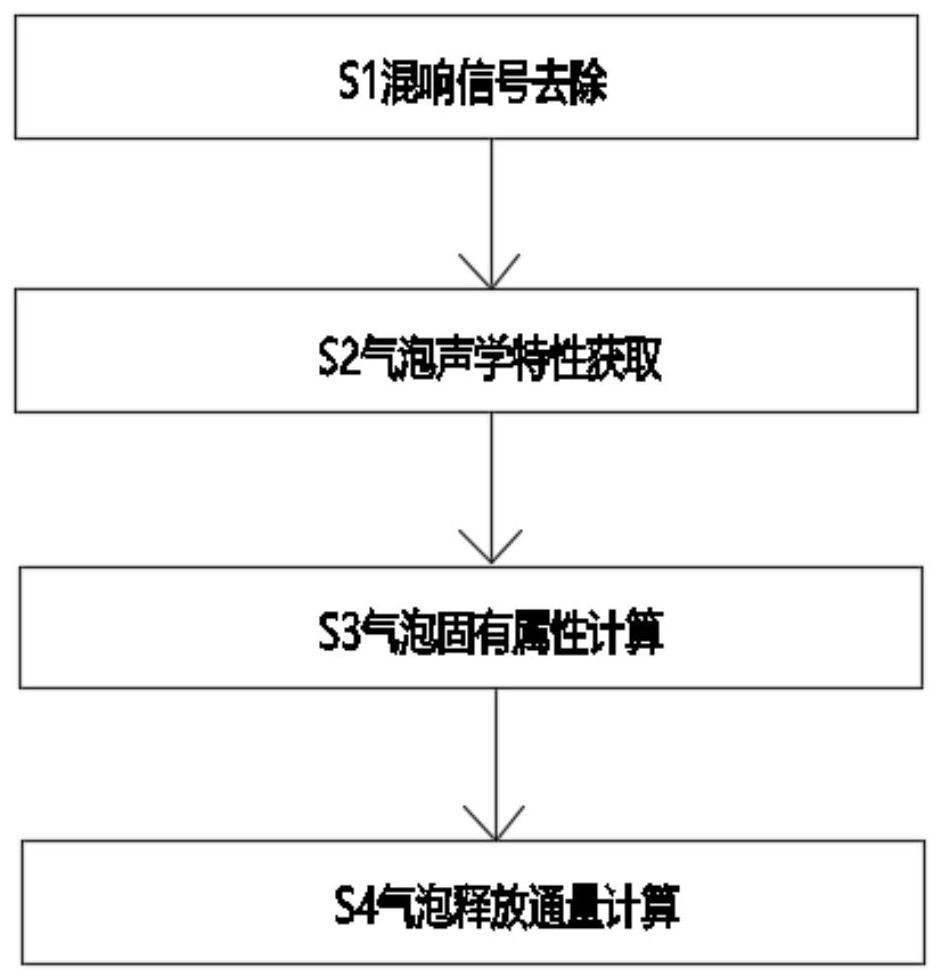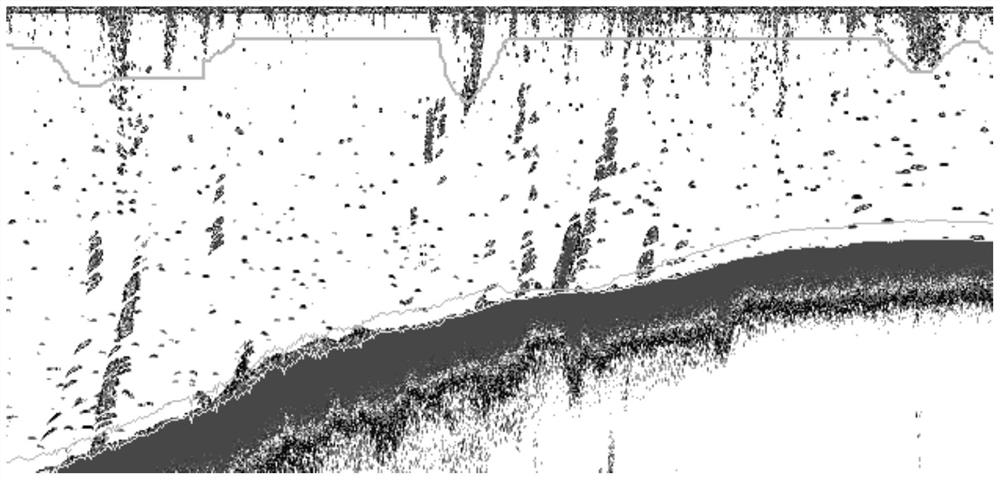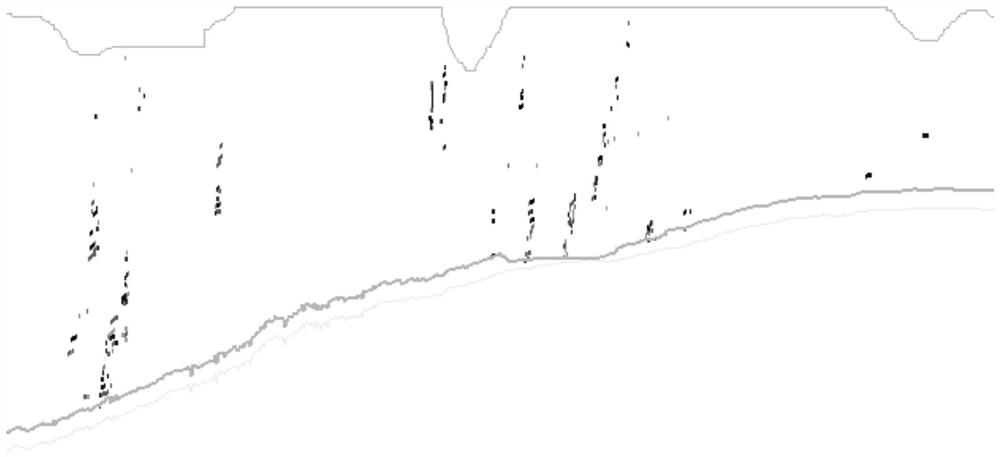Bubble release flux quantification method based on acoustic signal
A release flux and quantification method technology, applied in the field of bubble release flux quantification based on acoustic signals, can solve the problems of low efficiency, quantification, and the inability to capture bubble discharge information through continuous monitoring of large water surfaces, and achieve high efficiency and coverage area big effect
- Summary
- Abstract
- Description
- Claims
- Application Information
AI Technical Summary
Problems solved by technology
Method used
Image
Examples
Embodiment Construction
[0033] The following will clearly and completely describe the technical solutions in the embodiments of the present invention with reference to the drawings in the embodiments of the present invention.
[0034] Take the monitoring data of the Changzhou Water Conservancy Project reservoir area on August 1, 2019 as an example. This time, the acoustic instrument was used to collect the bubble signal for about 9 minutes, and the data volume was 95M.
[0035] Please refer to figure 1 , a method for quantifying bubble release flux based on acoustic signals, comprising the following steps:
[0036] S1: reverberation signal removal;
[0037] S2: acquisition of bubble acoustic characteristics;
[0038] S3: Calculation of bubble intrinsic properties;
[0039] S4: Bubble release flux calculation.
[0040] Wherein, step S1 comprises the following steps:
[0041] A1: Set the denoising threshold for the first denoising, the denoising threshold is (-72, -36)dB;
[0042] A2: Manually d...
PUM
 Login to View More
Login to View More Abstract
Description
Claims
Application Information
 Login to View More
Login to View More - R&D
- Intellectual Property
- Life Sciences
- Materials
- Tech Scout
- Unparalleled Data Quality
- Higher Quality Content
- 60% Fewer Hallucinations
Browse by: Latest US Patents, China's latest patents, Technical Efficacy Thesaurus, Application Domain, Technology Topic, Popular Technical Reports.
© 2025 PatSnap. All rights reserved.Legal|Privacy policy|Modern Slavery Act Transparency Statement|Sitemap|About US| Contact US: help@patsnap.com



